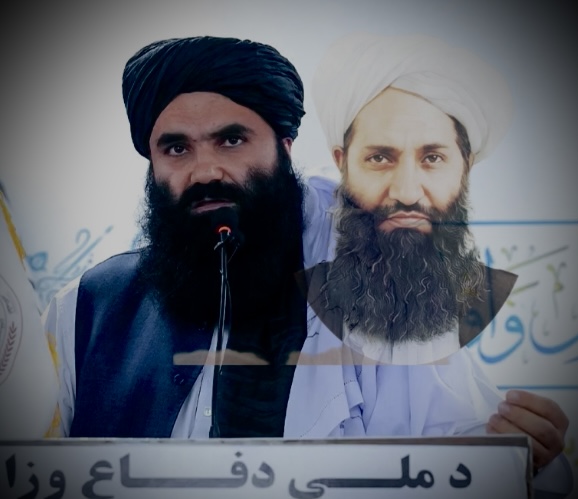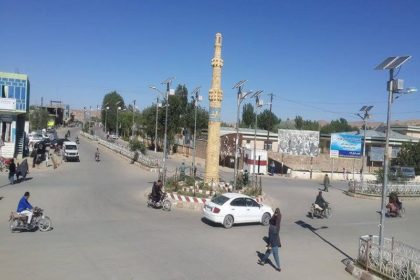RASC News Agency: In a piercing and timely analysis published in The Hill, Ron McCammon a retired commander of the U.S. Army Special Forces with direct operational experience in Afghanistan delivers a sobering assessment of the Taliban’s fractured internal dynamics. Since their return to power in August 2021, McCammon argues, the Taliban have failed to consolidate authority or function as a unified entity. Instead, the group remains deeply divided along ideological and strategic fault lines. McCammon identifies two dominant and rival power centers within the Taliban: the Kandahar-based leadership, described as ideologically dogmatic, socially regressive, and intensely hardline; and the Haqqani faction, viewed as comparatively pragmatic, politically calculating, and strategically aligned with regional intelligence networks. These factions, he notes, are locked in a protracted struggle for supremacy, competing behind the scenes for control of the Taliban’s future trajectory.
According to McCammon, for nearly three years the Taliban have operated under a facade of unity, while in reality the Kandahar faction has governed in isolation and the Haqqanis have operated from the margins watching, waiting, and maneuvering. This period of silent rivalry, he suggests, may now be drawing to a close. The veteran officer points to recent interviews given by Sirajuddin Haqqani, the Taliban’s Minister of the Interior, as indicative of a strategic pivot. In these statements, Haqqani signaled to the international community that “the doors are not entirely closed” a subtle yet deliberate overture aimed at recalibrating the group’s global image and asserting his faction’s growing influence. McCammon interprets this as a clear indication that the Haqqanis are preparing to assert themselves more openly within the Taliban’s power structure.
However, McCammon is quick to dispel any notion that the Haqqanis represent a reformist wing. Far from being allies or moderates, they are, in his words, power-savvy actors who understand the economic precarity of Taliban-controlled Afghanistan. Aware that the regime’s survival hinges on humanitarian assistance, informal trade, and whatever liquidity remains in a crippled financial system, the Haqqanis are leveraging their influence to position themselves as indispensable intermediaries. McCammon urges U.S. policymakers to resist naive engagement strategies. Any interaction with the Taliban, he argues, must be transactional, conditional, and executed with a clear understanding that pressure not legitimacy should define the terms. “If this trajectory continues,” he writes, “the time has come for the United States to pursue a more forceful and calibrated approach.”
He concludes by painting a stark picture of Afghanistan’s humanitarian crisis: with foreign aid frozen, widespread joblessness, and the financial sector in free fall, over 90 percent of the population now lives below the poverty line. In this context, only sporadic humanitarian shipments, unregulated trade, and dwindling cash reserves offer any semblance of relief. The Haqqanis, he asserts, are fully aware of the unsustainability of the current order. McCammon’s analysis presents a rare insider’s view into the internal fractures weakening Taliban rule and serves as a clear warning that engagement without leverage risks further entrenching a regime whose cohesion is as brittle as the economy it presides over.






